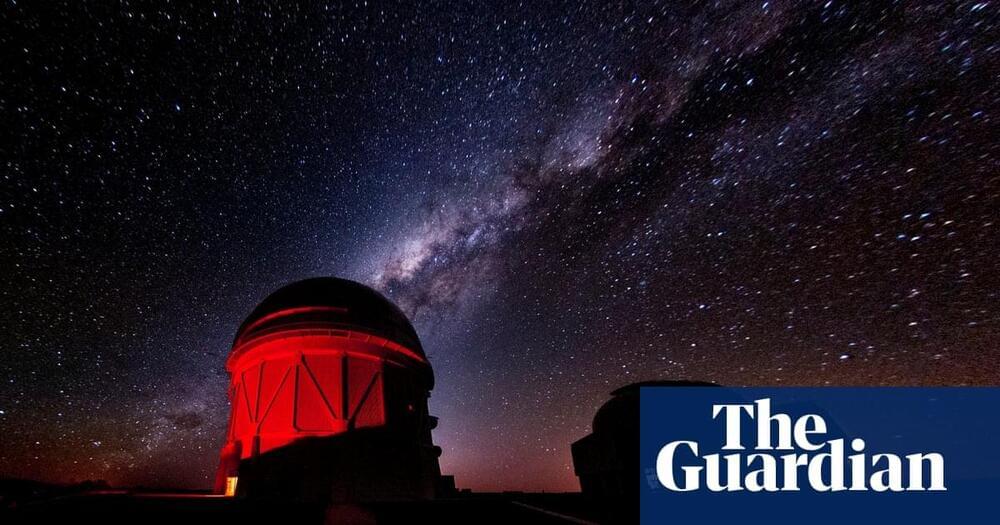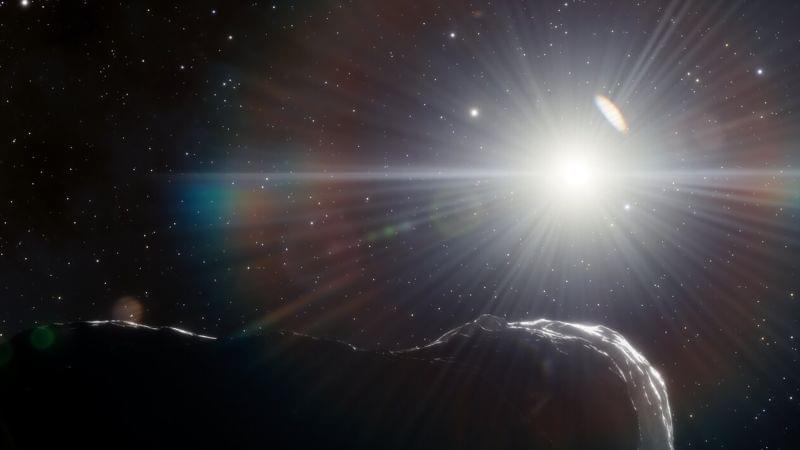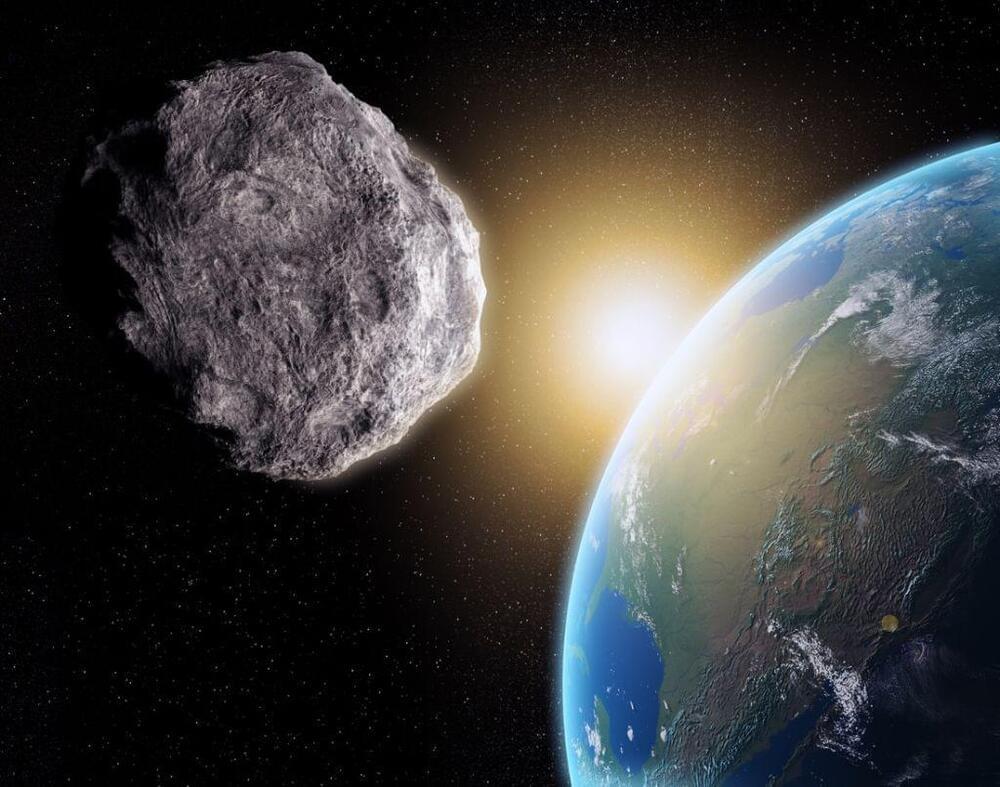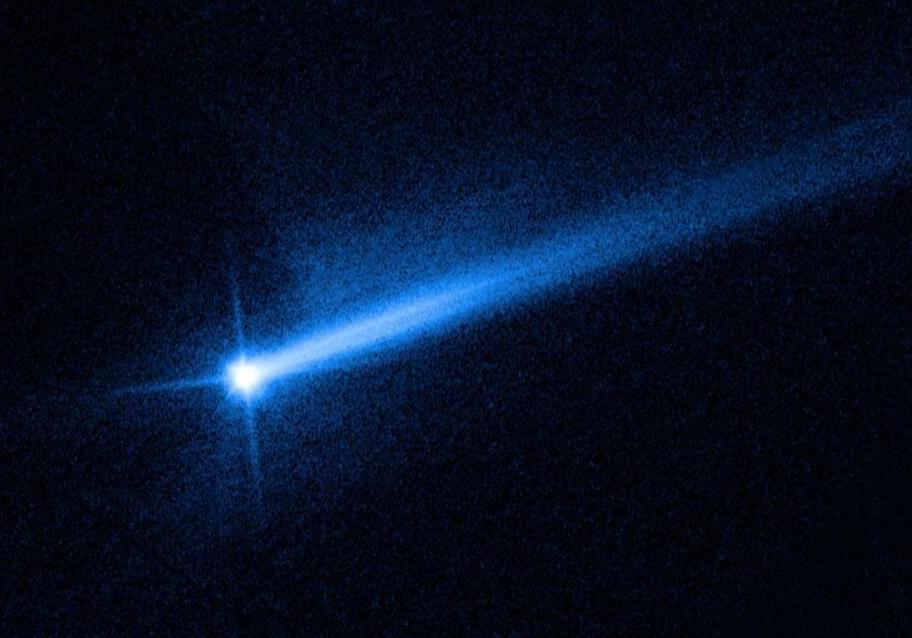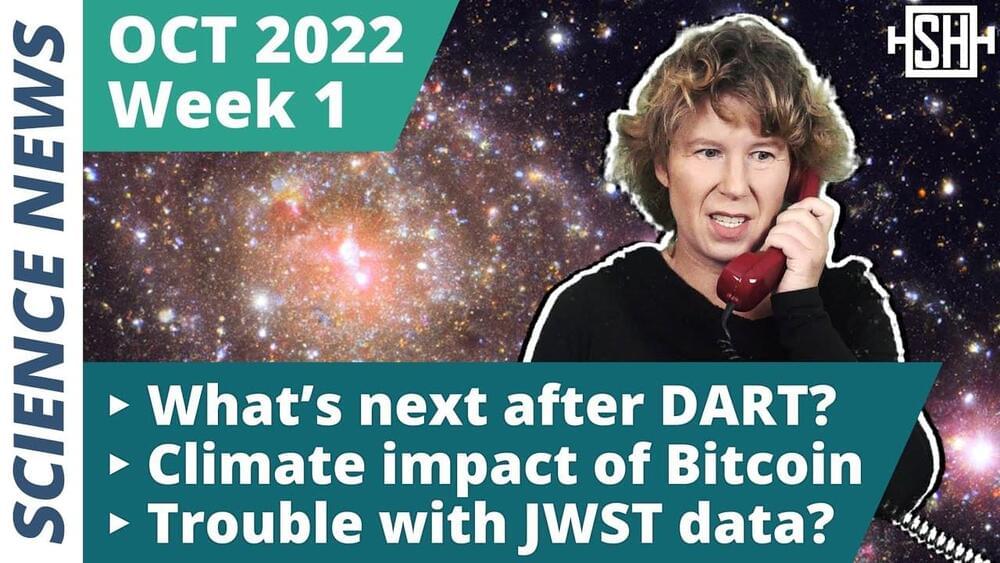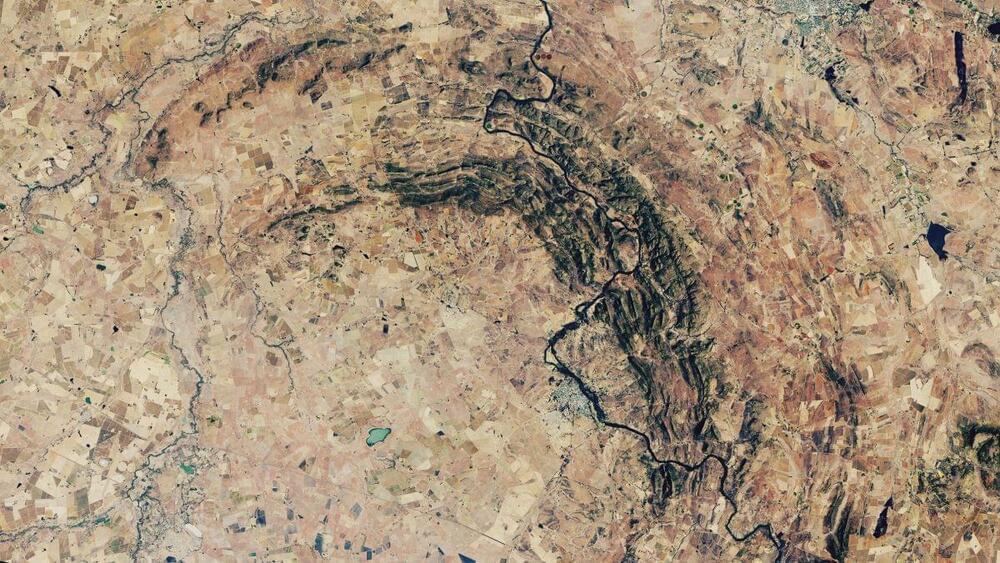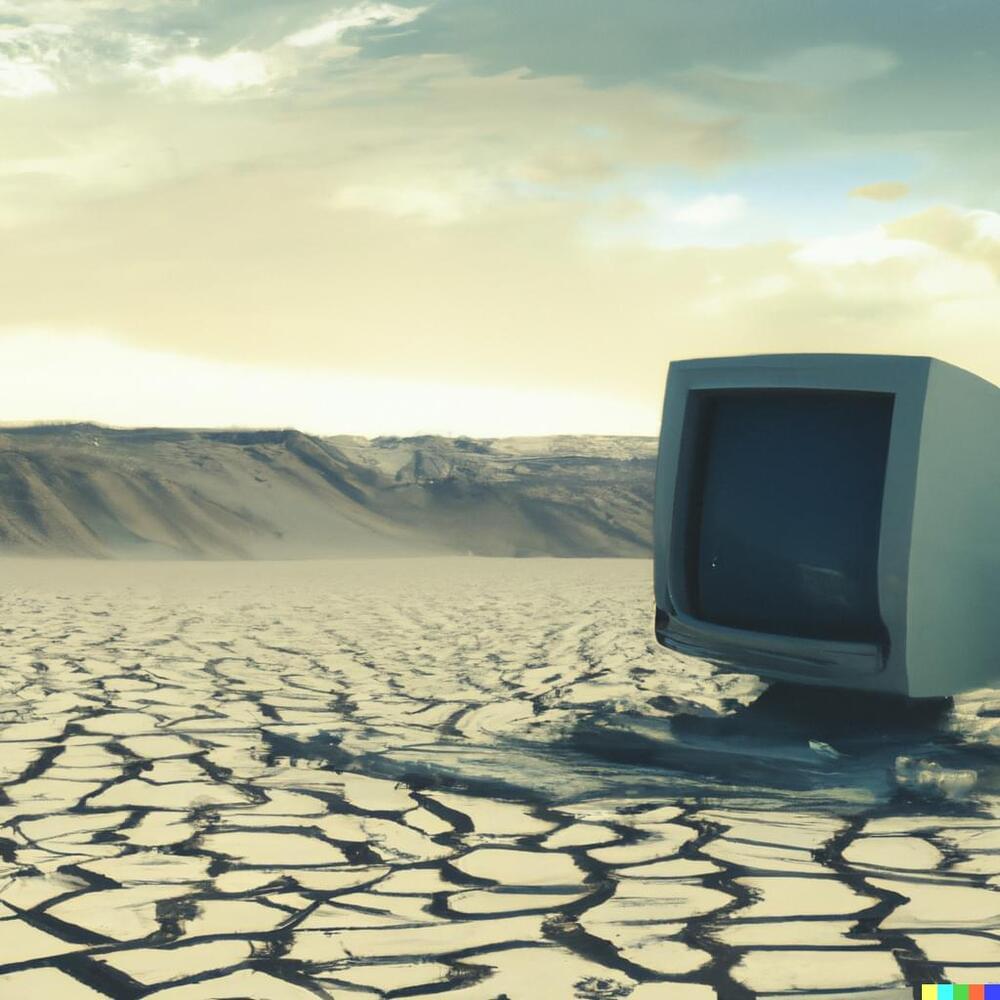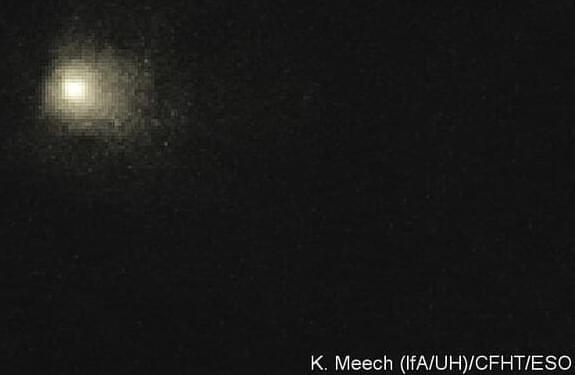Nov 1, 2022
Huge ‘planet killer’ asteroid discovered — and it’s heading our way
Posted by Dan Kummer in categories: asteroid/comet impacts, existential risks
Writing in the Astronomical Journal, lead study author Scott Sheppard and colleagues at the Carnegie Institution for Science in Washington say they have found three “rather large” asteroids, one of which – 2022 AP7 – crosses the Earth’s orbit, making it a potentially hazardous asteroid (PHA).
With a diameter of about 1.1km to 2.3km, the team say 2022 AP7 is the largest PHA discovered since 2014 and probably in the top 5% of the largest ever found.
“Any asteroid over 1km in size is considered a planet killer,” said Sheppard, adding that should such an object strike Earth, the impact would be devastating to life as we know it, with dust and pollutants kicked up into the atmosphere, where they would linger for years.
